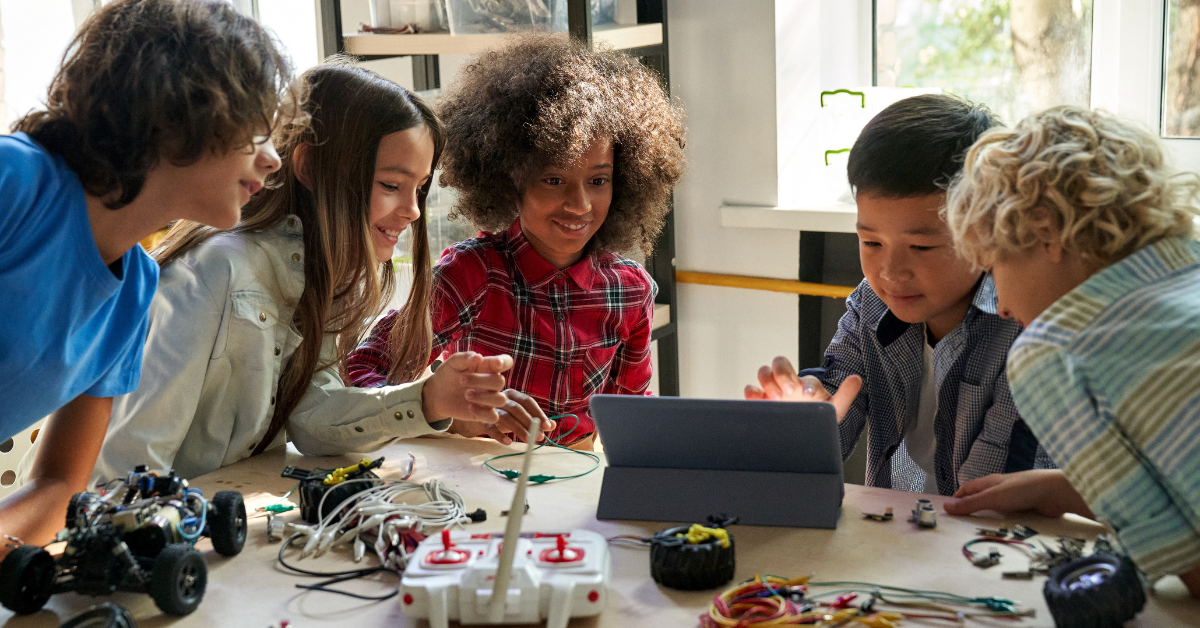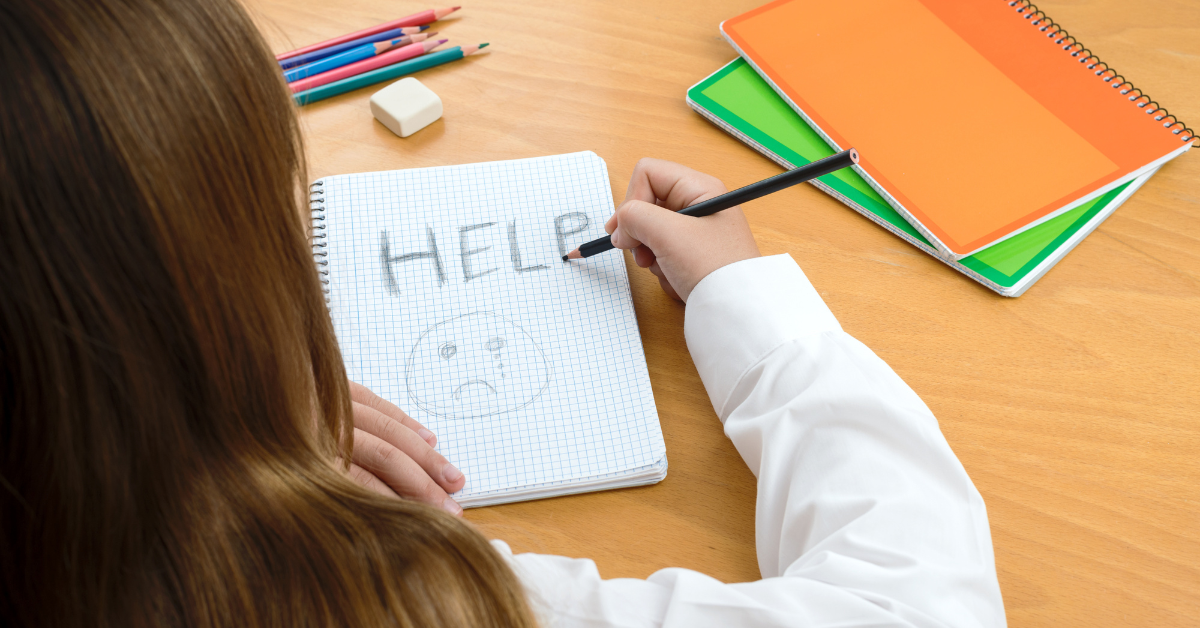Do you remember learning to write your name for the first time? Forming every letter was a labor that required the utmost concentration and focus. It would take years before writing those few simple letters in the correct order became automatic.
Children with dysgraphia struggle to get to a point where writing is an intuitive background task. Each word they write requires the single-minded focus. As a result, this learning difference can negatively affect a child's emotional development—but it doesn't have to.
We’ve created this guide to help you better understand dysgraphia and get to know what coping strategies can be leveraged to improve your child’s classroom experience.
Reconsider Your Objective
In mainstream schools, children complete assignment after assignment, often with a written component. Teachers want students to generate work products to hang in the hallway. They aren't always considering what they want students to learn from the experience.
It helps to decide what is more important to you: a written product or evidence of learning. There are near-infinite ways for creative, intelligent students to express what they know. Consider the following alternatives that go beyond papers and written products:
- Oral reports (live or recorded)
- Drawings, diagrams, or other artwork
- Creative skits or performances
- Models or three-dimensional media
- Group discussions or debates
- Games with an assessment component
Nearly all these assessment formats allow students to work on soft skills. For example, students participating in games can practice rules and directions. Art helps learners practice fine motor skills and organize their pages.

Working With Technology
We live in a connected world. We should work with technology rather than resist it.
Apps, programs, and devices can help children express themselves effectively, efficiently, and clearly. Often, they can save the adults in their lives time and stress, too.
Think about how long it takes for dysgraphic students to copy something off the board. Between forming letters and spacing words, it can take some students ages to complete sentences.
Instead, have one student type the information once and send it out. In the twenty-first century, formatting and sending an email is an in-demand skill. It's a learning experience that can save everyone time and stress.
Other technology accommodations might include:
- Recording lectures or lessons to eliminate note-taking
- Providing typed notes or note outlines
- Voice recognition software for written assignments
- Make use of home-school communication apps
- Allow calculators during math lessons
- Offering tests or quizzes in a virtual format
Students who can confidently navigate technology are developing practical, real-world skills. Ensure that you don't discuss alternate accommodations as "less than." They are all valid ways to write and communicate.
Put Skills in Context
What do you do when you're at work and forget the login information to access a website? Most adults reference a post-it note or look up the information in an email.
In the working world, nobody asks employees to memorize information they'll rarely need. Furthermore, the ability to look up information is more practical than drill-and-kill memorization tasks. Many of the things we ask of children are expectations we wouldn't abide by as adults.
Children with learning differences, including dysgraphia, often struggle with a random memory. This difficulty can make memorizing times tables, math facts, or atypical spelling words feel impossible.
Instead of expecting memorization, teachers can do the following:
- Provide visual references to promote independence
- Teach students to look up or reference facts as needed
- Offer tools like charts and calculators during all lessons
- Post interactive focus walls in the classroom
- Allow students to keep small reference charts on their desks
Unless memorization is the goal, it's simply another obstacle between a child and success. When they have the tools, students learn to identify and meet their needs to get the job done.
Accommodate for Anxiety
Students with dysgraphia have often had negative experiences in schools or classrooms and develop academic anxiety.
Educators should never shame children for behavior beyond their control. It takes time and patience to help those children regain confidence.
Students should understand that their peers struggle with language-based learning differences. Classrooms should foster a context of compassion that puts anxious learners at ease. And teachers should avoid singling students out for needing testing or assignment modifications. Be clear that the goal is to give students what they need to succeed.
Instead of focusing on equity for the sake of equity, teachers should celebrate and accommodate differences.
Sometimes this means giving students more time to take a test or offering exams in various formats. Teachers also take the time to discuss and acknowledge feelings surrounding assessment. Students who can identify their needs become strong self-advocates.
When emotional learning is as important as academics, all students thrive.
The Eagle Hill School Approach
Students come to Eagle Hill to become confident, independent learners capable of pursuing their dreams. Eagle Hill School employs compassionate, expert teachers who go above and beyond to accommodate learning differences. They focus on building independence in and out of the classroom.
Not only do students learn to excel academically, but build skills they can carry for life. That all begins when our exemplary educators teach them skills they’ll leverage in and outside of the classroom.
Your child's journey toward confidence begins here. Eagle Hill School offers open house sessions every month.


